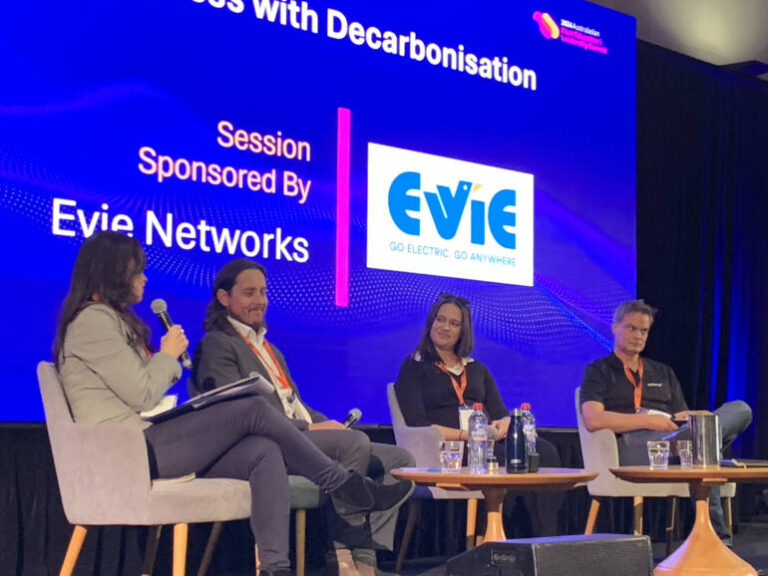At the Australasian Fleet Managers Association conference this year, success with electrifying fleets took front stage. Nowhere was this success more on show than from cases studies presented by NSW Government departments.
Charlotte Rasmussen, project manager for vehicle innovation with Transport for New South Wales, said her department would have 46 EVs in the fleet by June 30, exceeding a target for their pilot phase of electrification.
“We have committed to 50 percent passenger fleet by 2026, 100 percent by 2030 as part of our Net Zero Climate Policy and aligned our light motor vehicle policy framework to this target.”
Transport for NSW has some 2,700 passenger and light commercial vehicles supporting state road, metro and train network operations and emergency response services across NSW.
Speaking in May at the Sydney-based conference, Rasmussen said they had 83 charging stations installed across their sites with another 15 scheduled for completion by 30 June.
She also talked about the challenges with transitioning to EVs, including identifying suitable vehicles and managing landlord concerns at leased department sites, particularly those with multiple owners and those that are multi-tenanted sites.
“Most of our corporate sites are at least three landlords so that poses quite a challenge for us,” she said, adding, “particularly where we’re in sites that are not dedicated leased by us or New South Wales Government, where there are private tenants, and things like that, it does get quite complex.”
One learning has been: “We are now moving a bit more forward in our design program. So we’re establishing design prior to reaching out to our landlords so that we have that established upfront with all of the technical requirements and assessments done early so that that process moving forward is a little bit smoother.”
Rasmussen highlighted the importance of executive support in driving the transition to electric vehicles. Senior executives prioritised the initiative at every meeting. The organisation was closely tracking non-financial benefits and emission reductions from the EV transition.
“We are aligning our program to not only look at decarbonisation in the EV transition, but also our fleet policy framework optimisation, so updating our policies and procedures to support that, and the implementation or completion of our rollout of telematics.”
Rasmussen said it’s not only senior management that needs to be championing the transition. She emphasised the importance of collaboration across teams, including internal teams, suppliers, and infrastructure support, to make the project successful.
Responding to questions from the audience about charging, Rasmussen said all vehicles had dedicated RFID cards, but she noted that the current public charging network was disparate and that there were limits on the charging network coverage.
RFID cards, or Radio Frequency Identity Card, is used for EV charging. It allows for the exchange of encrypted data at public charging points, including payment.






